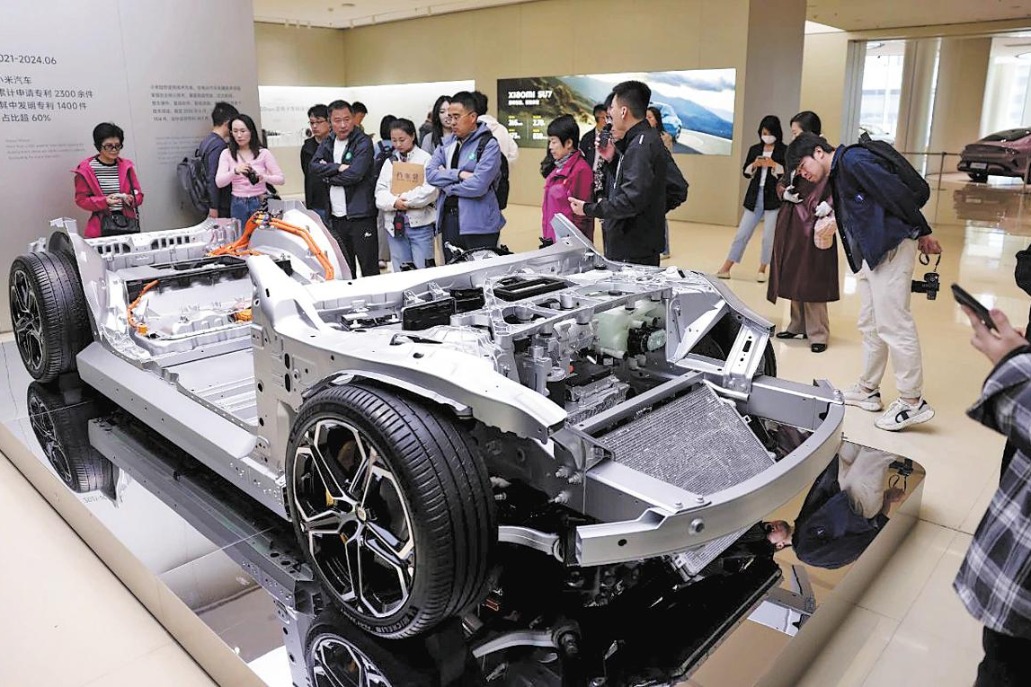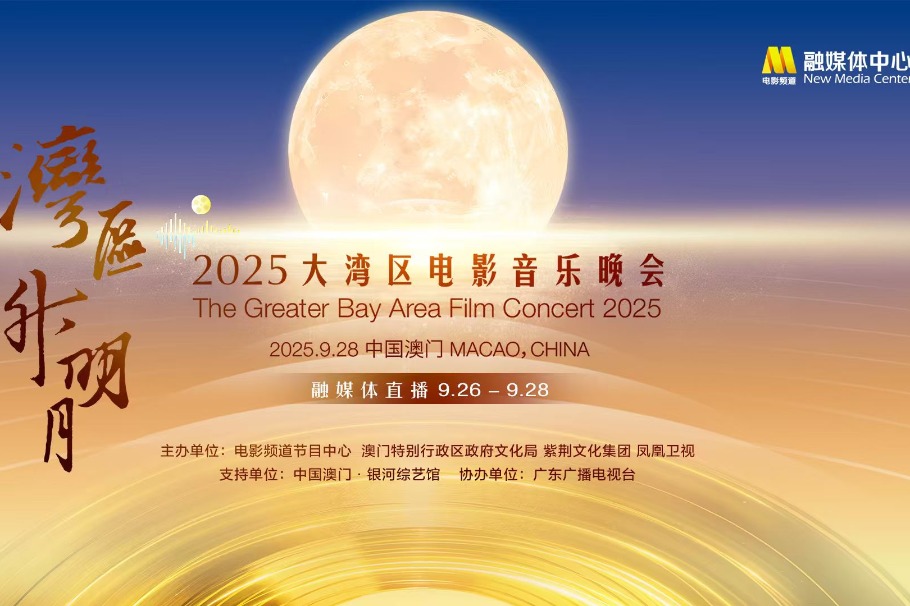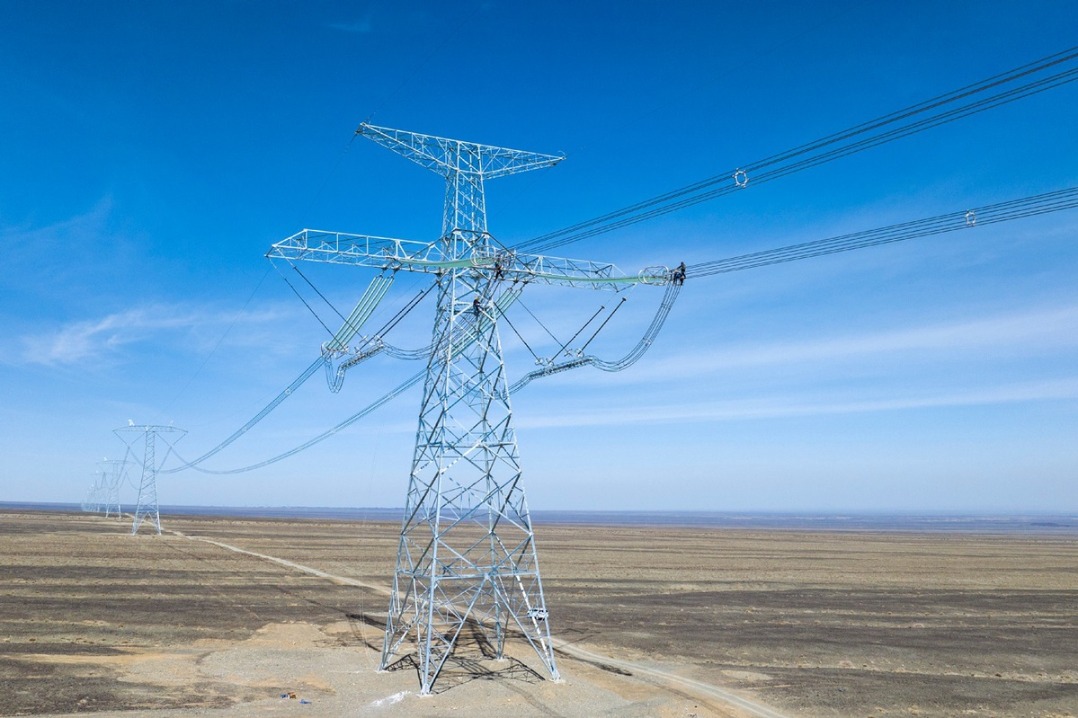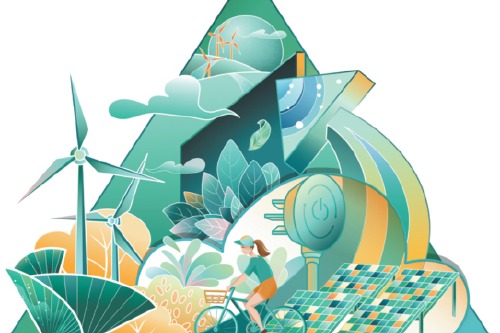Instant consumption revitalizes market and drives growth


Late at night, a young professional, worn out after several days of overtime, felt a sudden pang in her stomach. Scanning her medicine cabinet, she realized her pills had expired. Desperate, she picked up her phone. Within minutes, she found what she needed on a delivery app, discovered a 24-hour smart pharmacy, and even added a warm bowl of millet porridge and some steamed buns to her order. Less than 30 minutes later, the medicine and food arrived, taking care of both her hunger and pain. "More thoughtful than my boyfriend," she thought.
In another place, a mother preparing for a family feast faced a minor crisis: key condiments like soy sauce and black vinegar were missing from her online order. The nearest supermarket was far, crowded and inconvenient. With a mix of frustration and hope, she tried a flash-sale app. Within minutes, she found the missing items as well as attractive discounts, and added yogurt and nuts for her children to the order. Fifteen minutes later, a man knocked on the door, and delivered the items at prices lower than the supermarket and with far less hassle. The family feast went on without a hitch.
In a county home, a young man heard that an old friend was passing through and would change trains at the local railway station in an hour. He wanted to gift a taste of home to his friend, but most stores were closed for the weekend. Then he remembered the local supermarket had partnered with an instant retail platform. Immediately, he ordered a gift set of local pastries and a new but popular tea drink, adding a note: "Please deliver quickly — urgent gift." About 25 minutes later, the package arrived. He met his friend at the station and gifted him a "piece of home" — a small but valuable gesture.
These stories illustrate a larger shift reshaping China's consumer market: instant consumption. Defined by online ordering and immediate offline delivery, it is changing shopping habits and driving growth. During the 14th Five-Year Plan (2021-25), instant consumption leapt forward, with improved infrastructure, richer consumption scenarios, and rapidly growing market scale, becoming a key driver of consumption upgrading and domestic growth.
According to the China Chain Store and Franchise Association, the country's instant retail market is expected to exceed 1.4 trillion yuan ($196.3 billion) in 2025, with a projected five-year compound annual growth rate of 25 percent — a major driver of consumer vitality.
The magic of instant consumption lies in turning fleeting, fragmented or urgent needs into actual purchases. "Want it now" becomes "get it now"; "might need it" turns into a confirmed order. By meeting immediate needs, extending shopping hours, and reaching more places, instant consumption generates new demand and reshapes both business and consumer behavior.
Time has become an even more precious commodity in busy cities. Whether it's water, a meal, medication or office supplies, instant delivery has brought down waiting time to minutes, thus reducing mental strain and freeing up hours. Beyond emergencies, it changes expectations: instant service is now standard, not a perk. Small, frequent demands — an umbrella during sudden rain, late-night snacks while working overtime — are now easily met, turning previously latent needs into real consumption.
Instant consumption is also breaking the traditional boundaries of retail hours. Convenience stores and e-commerce offer 24-hour options, but instant retail provides true round-the-clock response. Workers on the nightshift, students and spontaneous shoppers can get what they want at hours when brick-and-mortar stores are closed, creating a new consumption pattern: midnight snacks, emergency hygiene products, even replacement phone chargers.
Consumers no longer need to travel to a store; goods come to them. Urban centers, residential areas, offices and even underserved outskirts enjoy the same access. Rain or shine, umbrellas or groceries are all delivered to your doorstep. Elderly residents in remote areas can now easily get daily necessities. By removing the barriers of distance, instant consumption has made shopping more inclusive and unlocked untapped demand.
Digital technology is powering all this. Big data, AI and recommendation algorithms allow platforms to anticipate needs, adjust inventory and optimize delivery in real time. While hot drinks and hotpot appear on your app when temperatures suddenly drop, the right promotions pop up during holidays. Even location or weather data inform personalized suggestions. This precision doesn't just improve efficiency, it also awakens latent needs, turning spontaneous ideas into confirmed purchases and continuously creating new demand.
During the 15th Five-Year Plan period (2026-30), instant consumption is poised to reach wider areas and accelerate innovation. As the internet of things and autonomous-driving technologies mature, drone and driverless-vehicle deliveries are likely to scale up, reducing costs and shrinking response time. Service offerings will expand beyond physical goods to include instant medical consultations, home nursing and emergency repairs.
Anchored by green, low-carbon priorities, the sector will increasingly adopt eco-friendly packaging, route optimization and resource conservation, laying the groundwork for high-quality, sustainable growth. As digital rural infrastructure advances, instant service networks will extend into the countryside, better meeting rural residents' immediate but diverse needs, and adding to the momentum of rural vitalization.
The social and economic benefits are clear. Instant consumption improves distribution efficiency, boosts fragmented and situational demand, accelerates retail digitalization, and supports local supply chains, logistics and delivery employment. Beyond economics, it enriches daily life, boosts urban resilience, and plays a key role in emergency support and care for special people. Instant consumption has become a vital part of modern urban life, illustrating how China's economic development is meeting the Chinese people's aspirations for a better life.
The author is an associate researcher at the Institute of Finance and Banking of the Chinese Academy of Social Sciences and a senior research fellow at the National Institution for Finance and Development.
The views don't necessarily reflect those of China Daily.
If you have a specific expertise, or would like to share your thought about our stories, then send us your writings at opinion@chinadaily.com.cn, and comment@chinadaily.com.cn.


































